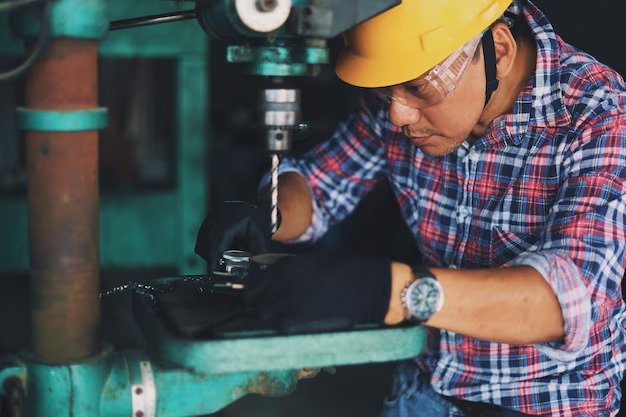If you’re new to CNC machining, the sheer variety of tools and terminology can be overwhelming. From collets and toolholders to end mills and thread mills, it’s easy to get lost in the details before even cutting your first part. But understanding the fundamentals of CNC tooling is the first step toward mastering this precision-driven craft—and avoiding costly mistakes.
In this beginner-friendly guide, we’ll break down what CNC tooling really is, what each component does, and how to differentiate between cutting tools and toolholders. Whether you’re a hobbyist or starting out in a machine shop, this overview will help you understand the tools that make CNC work possible.
The Main Types of CNC Tools
At its core, CNC tooling refers to all the tools and accessories used in a CNC machine to shape, cut, and form your chosen material—typically metal, plastic, or composite. CNC stands for Computer Numerical Control, and the machine follows precise programming to operate tools with incredible speed and accuracy.
Here are the primary categories of CNC tools you’ll encounter:
1. Cutting Tools
These are the sharp instruments that physically engage the material. Cutting tools include:
- End Mills:These are the workhorses of CNC machining. Available in a variety of shapes and sizes, end mills are used for milling, slotting, contouring, and pocketing. A basic set of end mills is essential for nearly any CNC job.
- Drill Bits:As the name suggests, these are used for drilling holes. CNC machines allow extremely accurate placement and depth, making drilling repeatable and efficient.
- Thread Mills:Unlike traditional taps, threadmills cut threads by following a helical path around the hole. They’re great for cutting both internal and external threads in tough materials or awkward angles.
- Face Mills:These are used for high-speed surface removal, typically to flatten a workpiece or prep a surface.
- Chamfer Mills & Ball Nose Mills:These tools help with detailed finishing and corner shaping.
2. Toolholders
Cutting tools are only half the equation. They need to be securely held in place to work properly. That’s where toolholders come in.
- Collets:A common choice for beginners, collets clamp down on the shank of a tool and are inserted into a holder. They offer excellent concentricity and are cost-effective.
- End Mill Holders:These provide a more rigid hold than collets and are often used for larger or rougher cutting tasks.
- Shell Mill Holders & Face Mill Arbors:Designed for holding large diameter face mills.
3. Workholding Tools
While not technically part of the cutting system, workholding equipment like vises, clamps, and fixtures are essential for keeping your material stable during cutting. A loose part can ruin your tool, damage the machine, or compromise your safety.
Cutting Tools vs. Toolholders
It’s critical to understand the difference between cutting tools and toolholders so you can set up your CNC machine properly. Cutting tools do the actual cutting, shaping, and material removal. Toolholders grip the cutting tool and connect it to the spindle of your machine. Think of it like a pen and your hand—the pen does the writing, but your hand is what holds and guides it.
Here’s how to choose the right combination:
- Start with the Job in Mind:Are you milling, drilling, threading, or facing? Your job determines your cutting tool. For example, if you’re creating internal threads, a threadmill is better suited than a traditional tap, especially in difficult materials.
- Check Tool Compatibility:Make sure the shank of your cutting tool matches your toolholder. Collets are typically used for smaller-diameter tools and offer good versatility.
- Use the Right Holder for the Tool:A lightweight end mill may not need a rigid holder, but a face mill definitely will. The wrong holder can cause tool deflection or even lead to breakage.
Over time, you’ll also want to pay attention to things like runout (how much the tool wobbles) and balance (important at high speeds), both of which impact precision and tool life.
Final Thoughts
Getting familiar with CNC tooling is essential for anyone looking to get serious about machining. By learning the basic categories—CNC tooling, end mills, and threadmills—and understanding how cutting tools work in tandem with toolholders, you’re setting yourself up for a smoother, more efficient experience on the shop floor.







